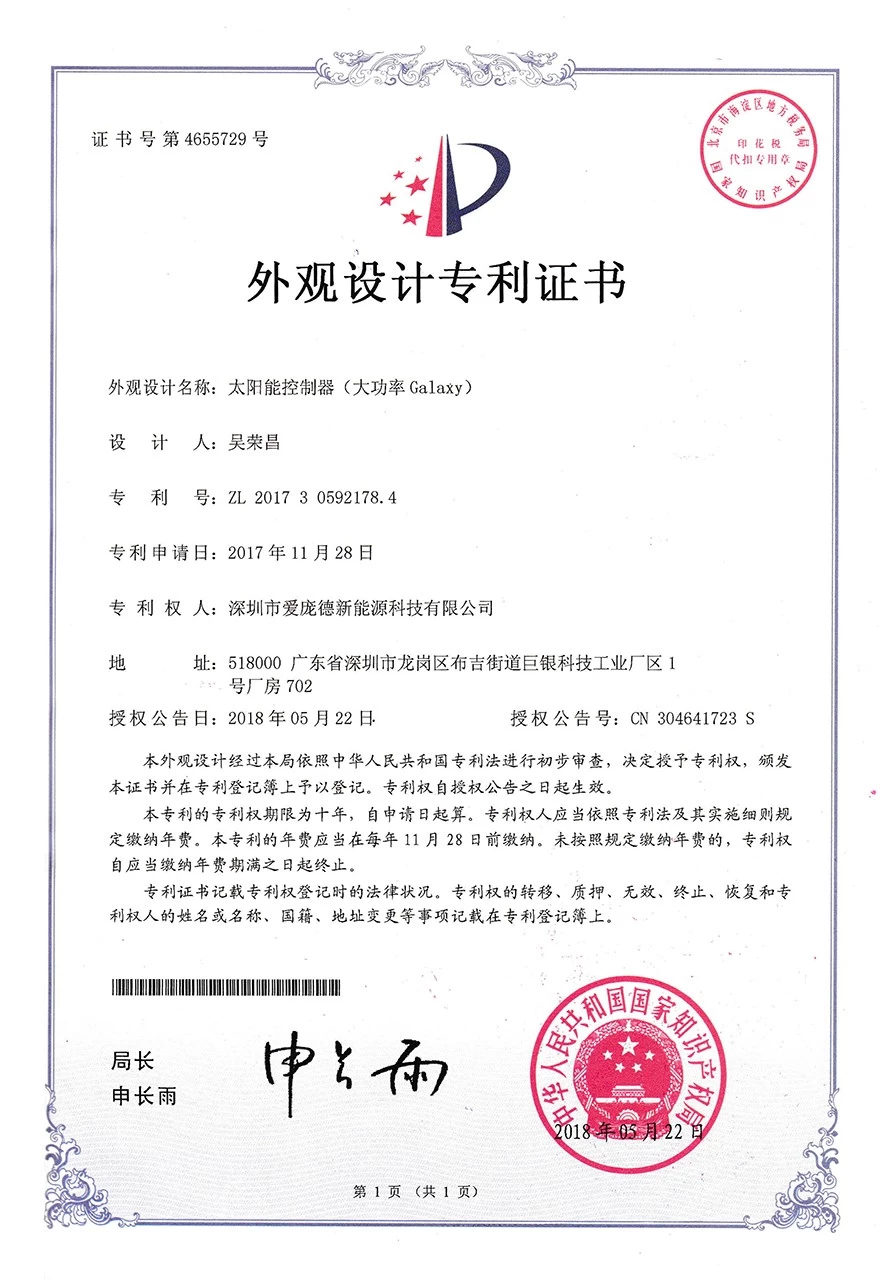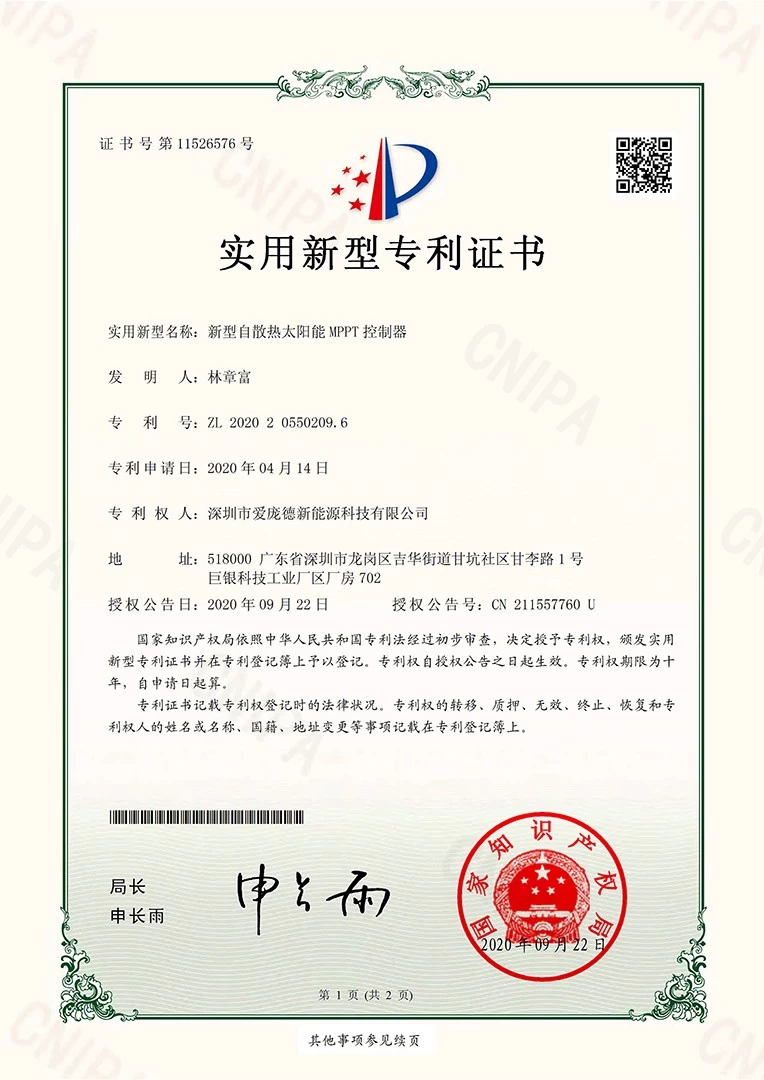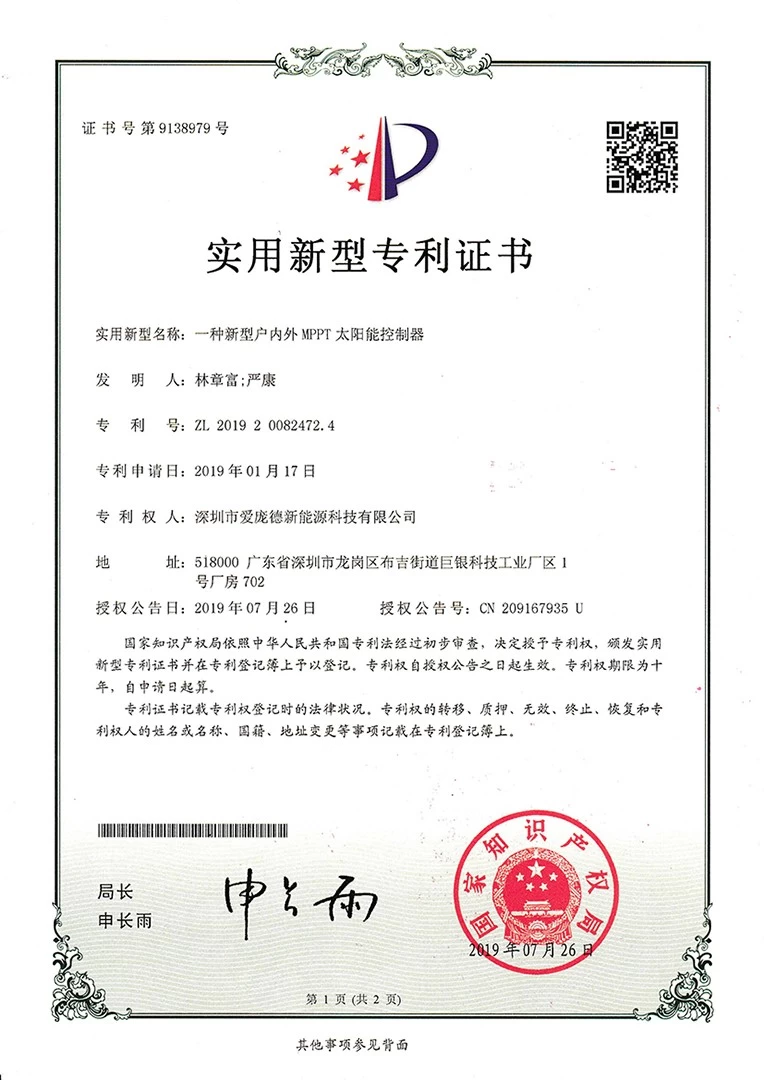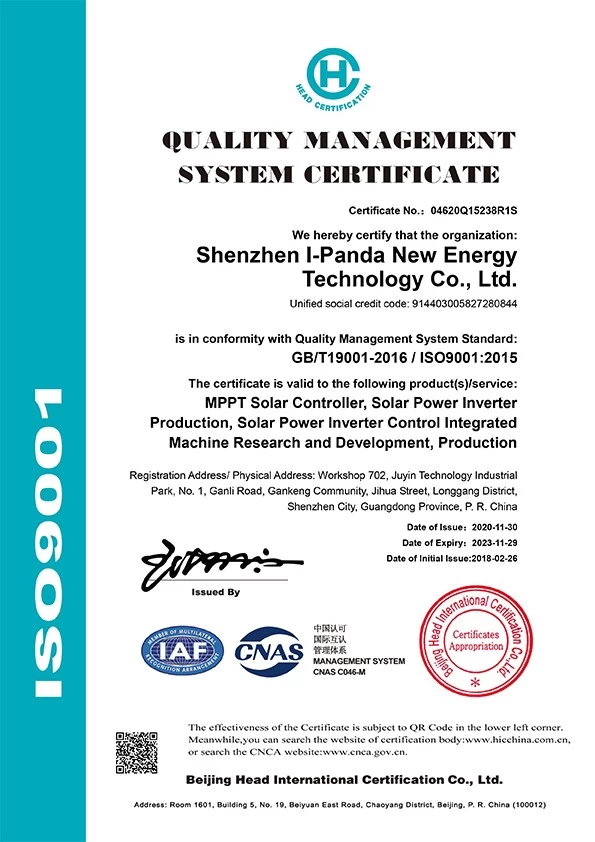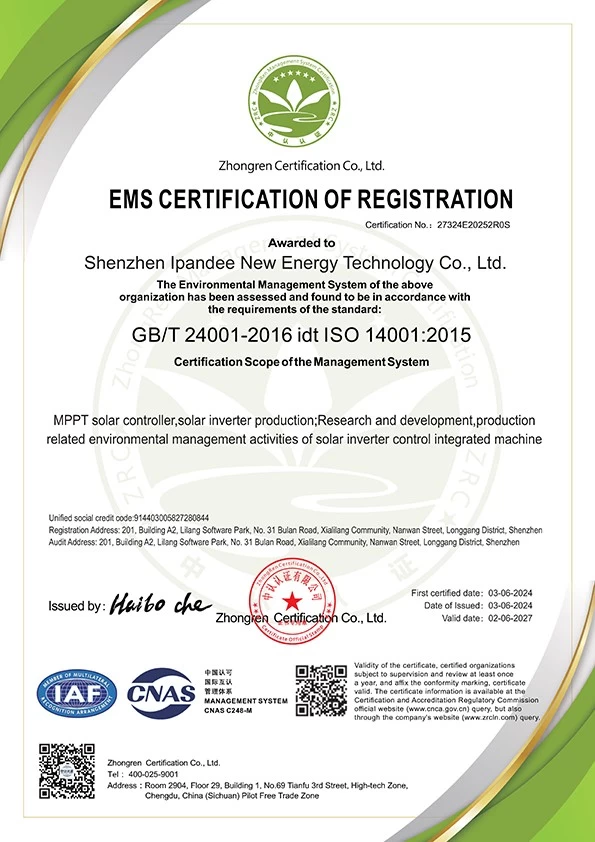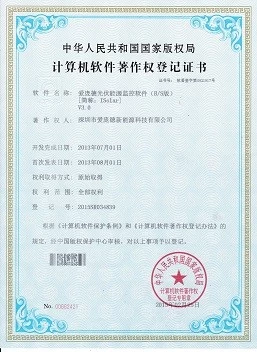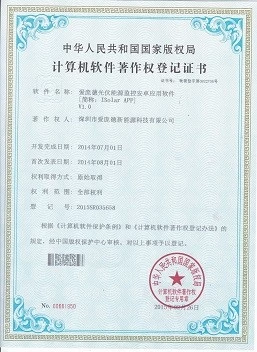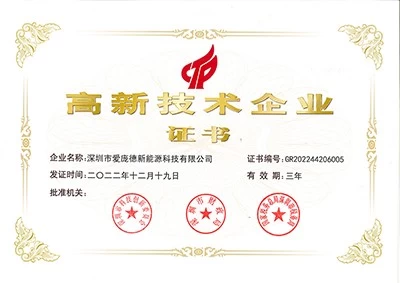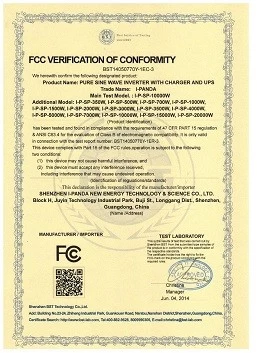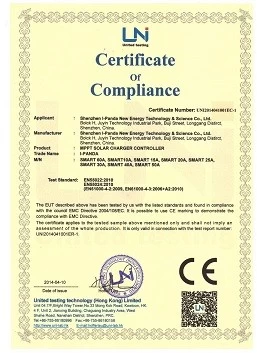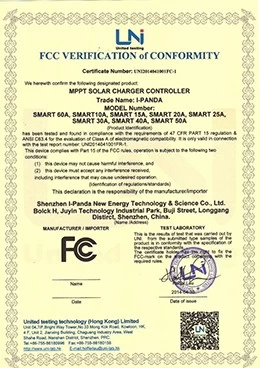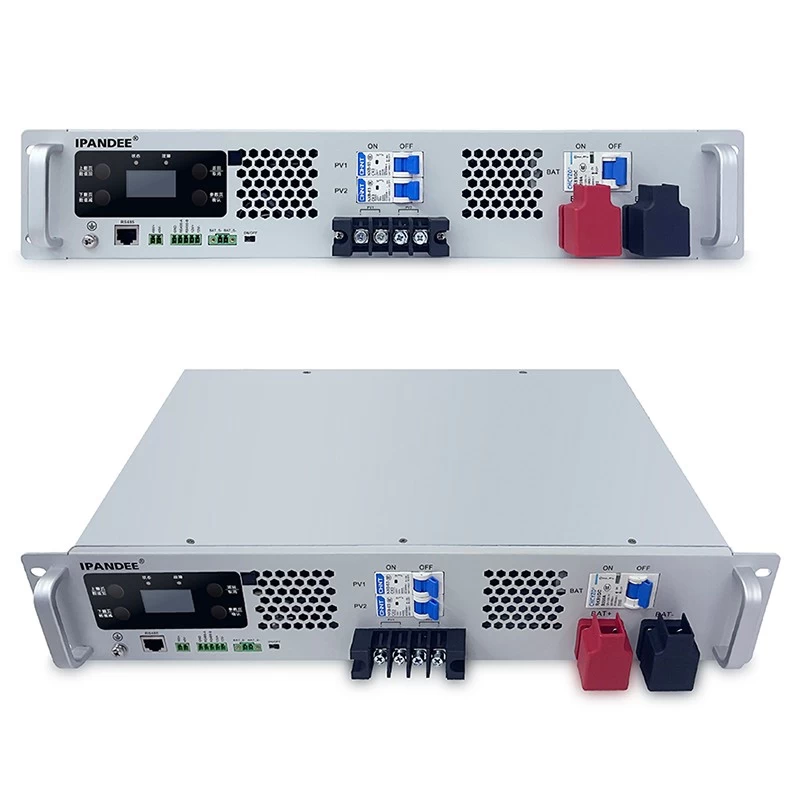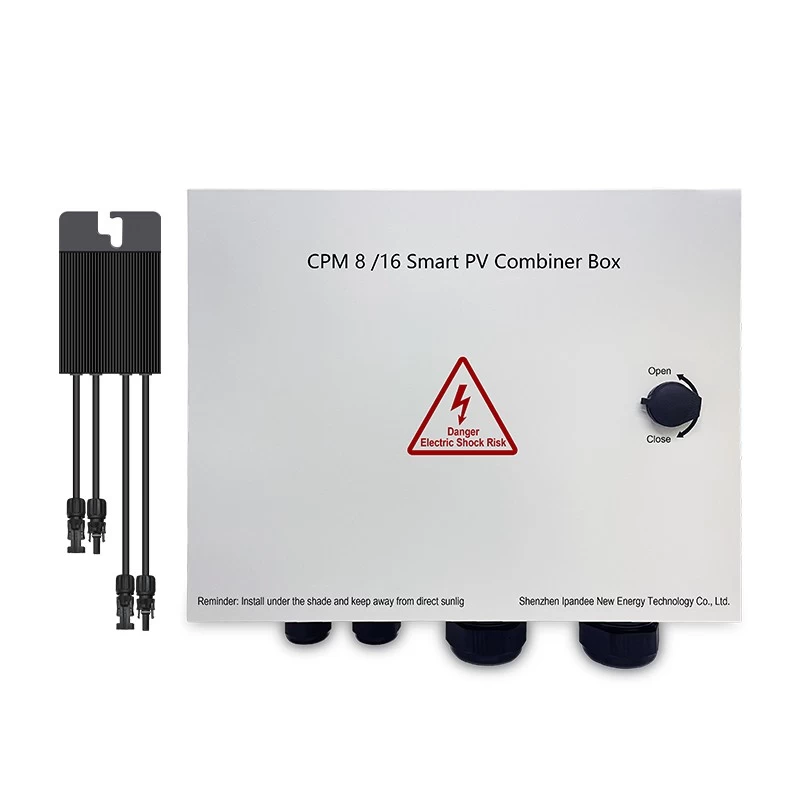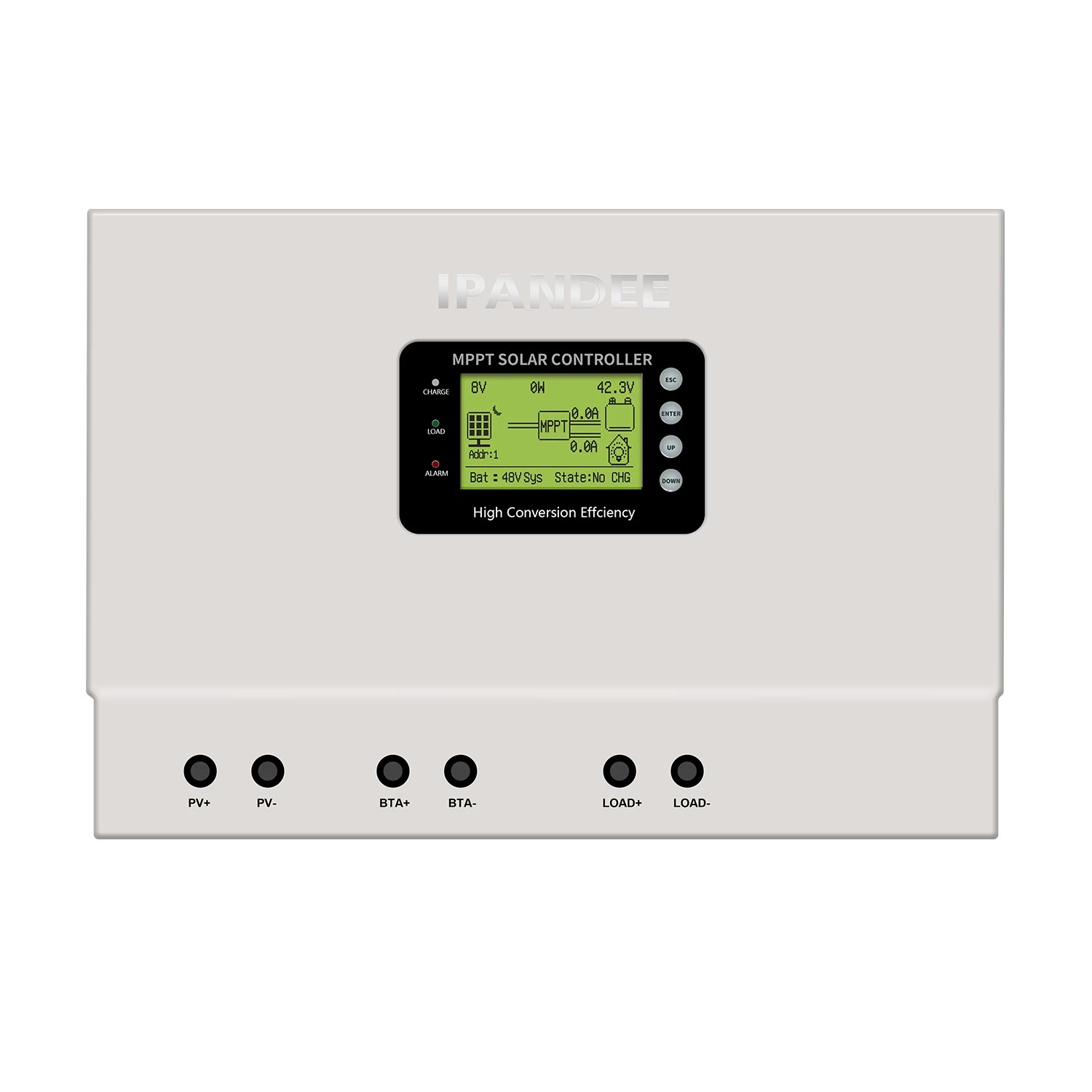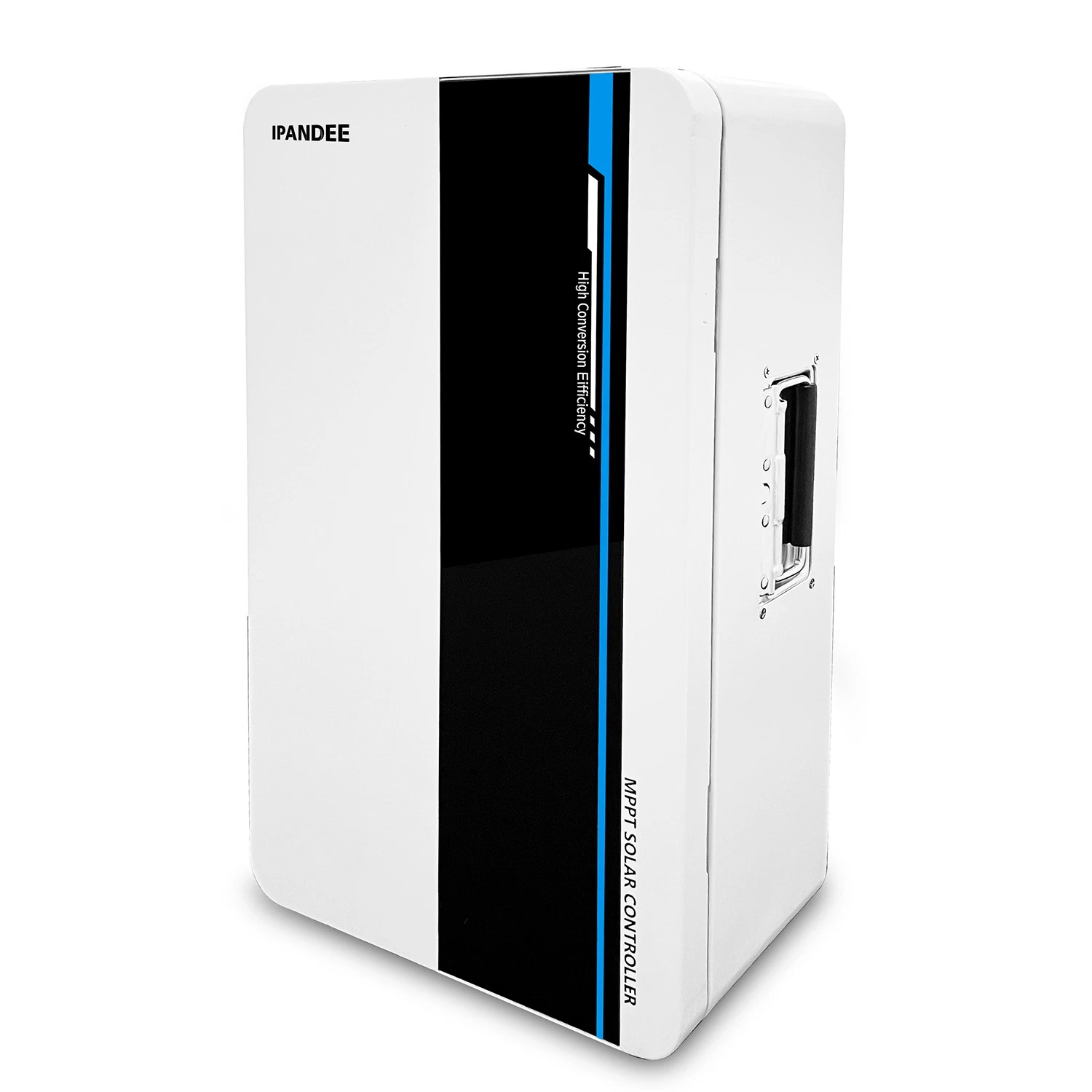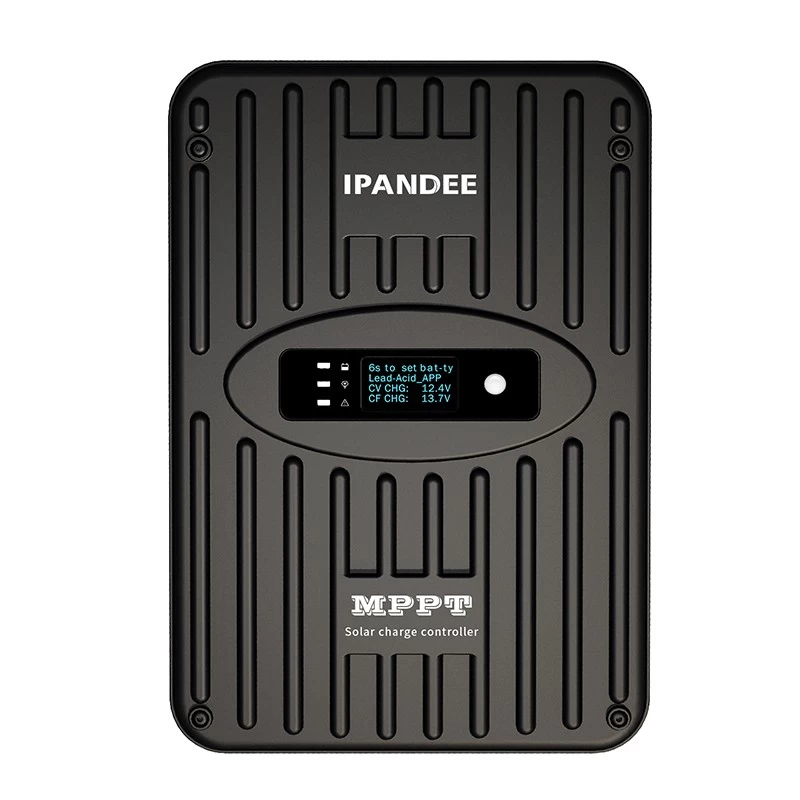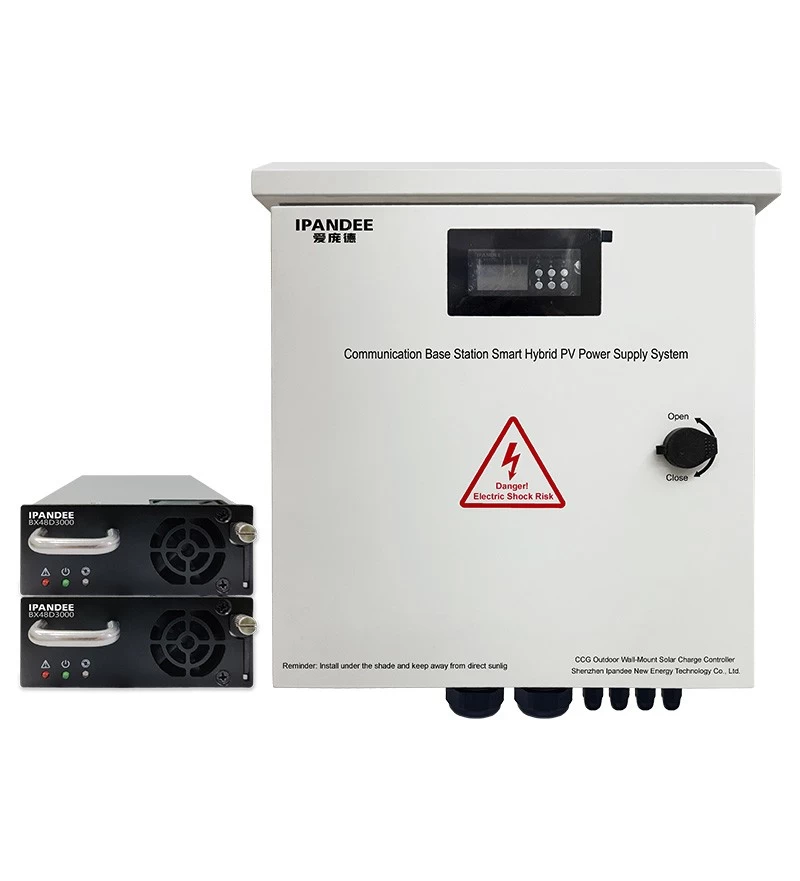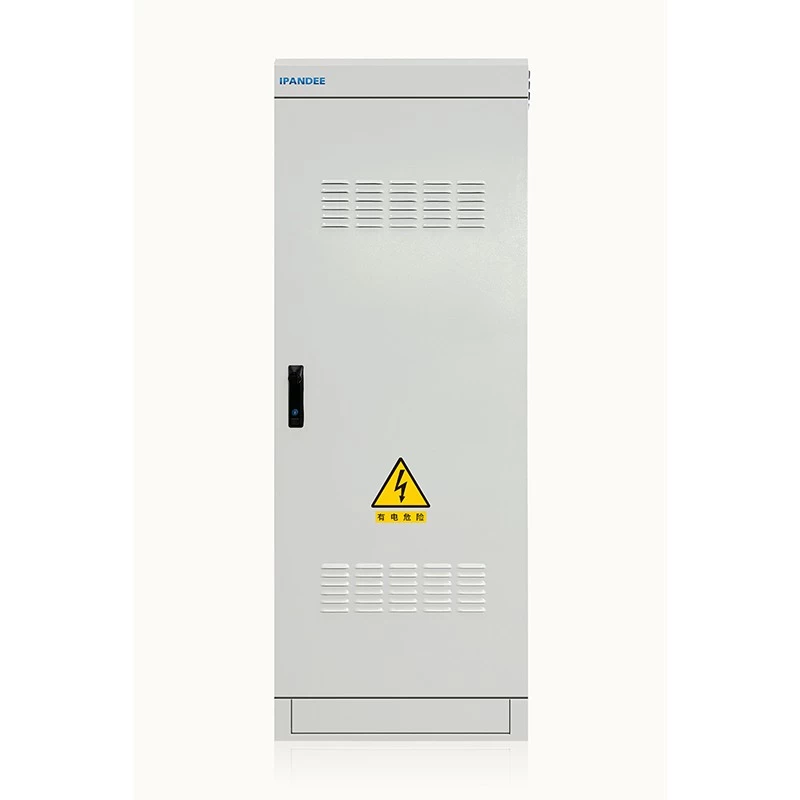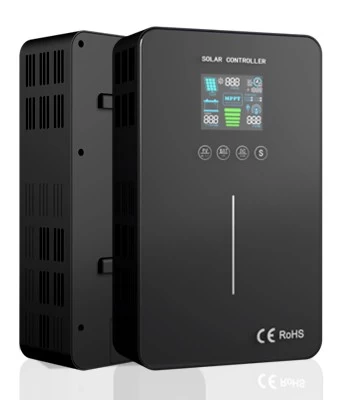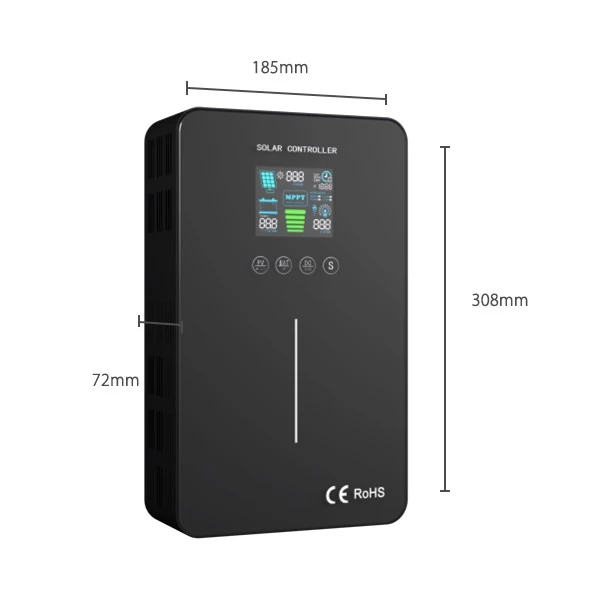What is the difference between an off-grid power station and a grid-connected power station?
First, grid-connected photovoltaic power station
On-grid, it is necessary to connect to the public power grid, that is, solar power generation, home power grid, and public power grid are connected together. This is a power generation system that must rely on the existing power grid to operate. It is mainly composed of solar panels and inverters. The solar panels are directly converted into 220V AC by the inverter and supply power to the household appliances. When the amount of solar energy generated exceeds the amount of electricity used by household appliances, the excess electricity is sent to the public. The grid; when the amount of solar energy cannot be used to meet the needs of household appliances, it is automatically replenished from the grid. And the whole process is intelligently controlled and does not require manual operation.
Since this photovoltaic power generation system does not require the use of a battery, it also saves a lot of cost. In particular, the country's new grid-connected policy has clearly stated that home PV power plants can be connected to the grid free of charge, and excess electricity can be sold to power companies. From the long-term perspective of investment, according to the 25-year life expectancy of household PV power plants, the cost can be recovered in about 6-10 years, and the remaining ten years are earned. Therefore, if you want to save electricity costs and the power supply is convenient, then choose the grid-connected solar power system, which is the current mainstream way. There is a more detailed description of costs and benefits in home photovoltaic power generation.
However, grid connection also has its shortcomings, that is, when the public grid is cut off, photovoltaic power generation can not operate. However, if the grid-connected inverter is replaced by an intelligent microgrid inverter (in-grid and off-grid hybrid inverter), the power station can operate normally.
So, how can we store the electricity generated during the day and use it at night? This requires the addition of a controller, a battery, etc., and the daytime controller stores the power generated by the photovoltaics in the battery, and at night the controller releases the stored power of the battery for illumination.
Second, off-grid photovoltaic power station
This is also called an independent photovoltaic power station. It is a power generation system that operates independently without relying on the power grid. It mainly consists of solar panels, energy storage batteries, charge and discharge controllers, and inverters. The electricity generated by the solar panel directly flows into the battery and is stored. When the appliance needs to be powered, the DC current in the battery is converted into 220V AC by the inverter, which is a repeated cycle of charging and discharging. This kind of power generation system is widely used because it is not restricted by the area. It can be installed and used as long as it is exposed to sunlight. Therefore, it is very suitable for remote power-free areas, isolated islands, fishing boats, outdoor breeding bases, etc., and can also be used as a frequent power outage. Emergency power generation equipment in the area.
Such a system has to be equipped with a battery and occupies 30-50% of the cost of the power generation system. Moreover, the service life of the battery is generally 3-5 years, and it has to be replaced afterwards, which increases the cost of use. In terms of economy, it is difficult to get a wide range of promotion and use, so it is not suitable for use in places where electricity is convenient.
However, for families without power grids or in areas with frequent power outages, it is also very practical. In particular, in order to solve the lighting problem during power failure, DC energy-saving lamps can be used, which is very practical. Therefore, off-grid power generation systems are specifically designed for use in areas without power grids or in areas with frequent power outages.
Disclaimer: The content is partly from the internet. In order to pass on more information, it does not mean agreeing to its views or confirming its description. Article content is for reference only. If there is any infringement, please contact in time.





